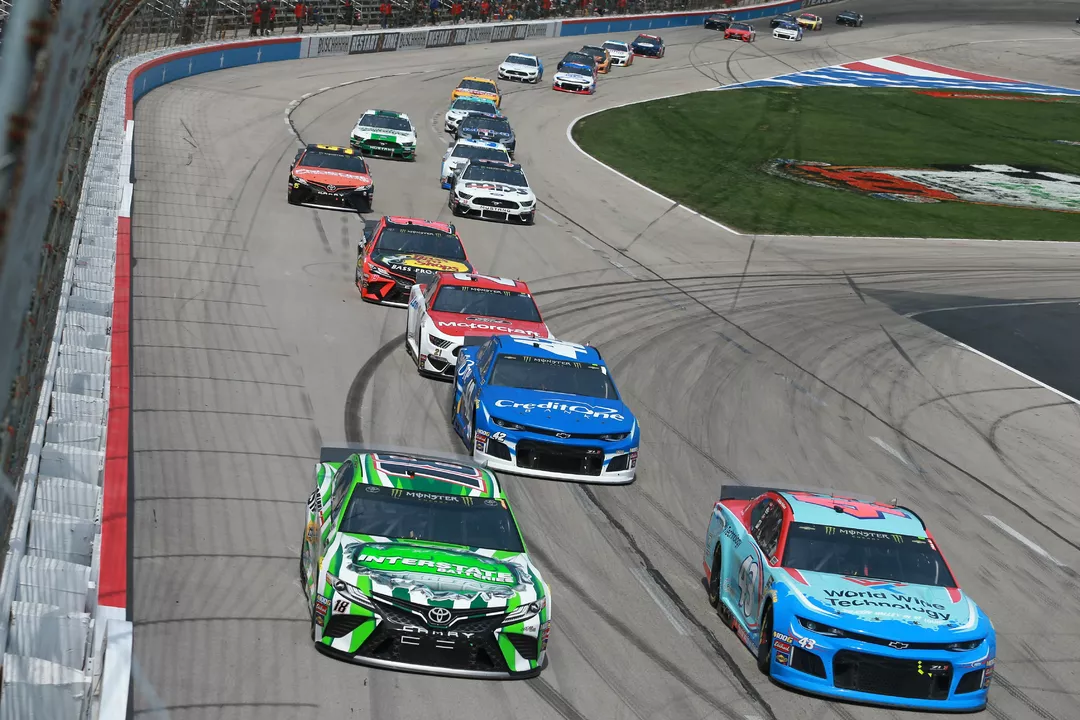May 2023 Motorsports Archive: NASCAR, Barber Motorsports & Racing Safety
Welcome back to Stratton's Motorsports Hub. In May 2023 we dug into two hot topics that still get fans talking. First, we answered the big question: why doesn’t NASCAR race at Barber Motorsports Park? Then we tackled the myth that automotive racing is overly dangerous. Both posts give you straight‑forward facts without the fluff.
Why NASCAR Doesn’t Run at Barber Motorsports Park
Barber Motorsports Park shines as a road‑course for motorcycles and sports cars. Its twists, elevation changes, and tight corners are built for precision driving, not the high‑speed, banked racing that defines NASCAR. The track’s narrow width limits overtaking opportunities for stock cars, which need room to draft and pass safely.
Safety barriers at Barber are also designed for lighter, slower vehicles. NASCAR stock cars run at 180‑200 mph on ovals, so they require extensive catch‑fence systems and larger runoff areas. Barber simply doesn’t have the space to install those features without a massive redesign.
Geography plays a part, too. Barber sits in Birmingham, Alabama, a state already covered by Talladega Superspeedway, a staple on the NASCAR calendar. Adding another Alabama venue would split the market and dilute ticket sales for both tracks.
Fans love to imagine a crossover, but the practical hurdles are big. Track configuration, safety standards, and existing race schedules all push NASCAR away from Barber. Until the park undergoes a major overhaul, NASCAR will stay on its traditional ovals and larger road courses.
Is Automotive Racing as Dangerous as Everyone Thinks?
The image of racing as a death‑defying sport still lingers, but the reality has shifted dramatically. Modern racing teams rely on data‑driven safety tech—think carbon‑fiber monocoques, energy‑absorbing barriers, and advanced fire‑suppression systems. These upgrades cut injury rates dramatically compared to the 1990s.
Regulators have tightened rules around car construction, tire pressures, and pit‑lane procedures. Drivers now wear head‑and‑neck support devices, multi‑point harnesses, and helmets that meet strict impact standards. All of this adds layers of protection that were rare a few decades ago.
Technology isn’t the only factor. Teams invest heavily in simulation training. Drivers spend hundreds of hours in virtual environments to master tracks before ever stepping into a car. This preparation reduces on‑track mistakes that could lead to crashes.
That said, racing still carries risk. High speeds and close competition mean accidents happen, but the outcome today is far safer. When a crash does occur, the combination of safety barriers, car design, and rapid medical response often spares drivers from serious injury.
So, is racing dangerous? Yes, it involves risk, but it’s a calculated risk, managed by engineering, rules, and training. The sport’s evolution shows that safety isn’t an afterthought—it’s built into every lap.
May 2023 gave us a chance to clear up two common misconceptions: why a top‑tier NASCAR race won’t happen at Barber, and how far safety has come in automotive racing. Keep checking Stratton's Motorsports Hub for more straight‑talk insights, event news, and behind‑the‑scenes looks at the world of racing.

As a huge NASCAR fan, I've always wondered why they don't run a race at Barber Motorsports Park. After some research, I found out that the primary reason is that Barber Motorsports Park is designed for motorcycle and sports car racing, not stock cars like those in NASCAR. The track layout, narrowness, and lack of proper safety barriers make it unsuitable for high-speed stock car racing. Additionally, Barber Motorsports Park is located in Alabama, which already hosts a NASCAR race at the famous Talladega Superspeedway, so the market is already well-served. While it would be exciting to see NASCAR at Barber Motorsports Park, it's just not a viable option due to the track's design and existing race schedules.
Maverick Kincaid May 10, 2023
In recent discussions, I've noticed that many people believe automotive racing is extremely dangerous. However, after delving deeper into the topic, I discovered that safety measures have significantly improved over the years, reducing the risk of accidents and fatalities. Technological advancements and stringent regulations have also played a significant role in making the sport safer for participants. While there is always an inherent risk in racing, it's important to remember that the sport has evolved and become safer over time. Let's not forget the passion and dedication of the racers, who continuously train and adapt to minimize risks and perform their best on the track.
Maverick Kincaid May 5, 2023



